Engaging students in fundraising activities not only supports important school initiatives but also instills a sense of community and responsibility. However, motivating students to actively participate in Canadian classroom fundraisers can be a challenge. In this article, we’ll explore creative strategies to enhance student involvement, turning fundraising efforts into enjoyable and meaningful experiences for both students and teachers.

1. Set Clear Goals and Objectives
Setting clear goals and objectives is the foundational step in ensuring the success and meaningful engagement of students in a classroom fundraiser. It involves articulating the specific reasons behind the fundraising initiative and identifying the desired outcomes. This clarity not only provides a roadmap for the fundraiser but also serves as a motivating factor for student participation.
Define the Fundraiser’s Purpose
- Clearly communicate the reasons behind the fundraising initiative.
- Specify whether funds will contribute to a special project, a memorable school event, or support a charitable cause.
Establish Concrete Goals
- Outline financial targets or specific milestones to achieve.
- Set measurable objectives, such as a monetary goal for equipment or funding targets for charitable donations.
Connect Efforts to Tangible Outcomes
- Explain how funds will directly contribute to stated goals.
- Provide a clear understanding of the impact, describing improvements or benefits resulting from the fundraiser.
Illustrate Impact for Better Understanding
- Share stories or examples that illustrate the positive impact of contributions.
- Make the connection between students’ efforts and the real-world improvements or support their contributions will provide.
Motivate Through Transparency
- Transparently communicate the purpose, goals, and potential impact of the fundraiser.
- Motivate students by providing a deeper understanding of the significance of their involvement.
Setting clear goals and objectives is the foundation for a successful classroom fundraiser. By defining purpose, establishing concrete goals, connecting efforts to tangible outcomes, illustrating impact, and promoting transparency, students are not only motivated to participate actively but also gain a sense of pride in their collective contributions and the meaningful difference they make in their school community or beyond.

2. Create a Compelling Narrative
Crafting a compelling narrative is an artful strategy to captivate students’ attention and ignite their enthusiasm for a classroom fundraiser. By weaving a narrative that resonates with their experiences and aspirations, you can establish a strong emotional connection, making the fundraiser more relatable and engaging.
Emphasize Direct Impact
- Highlight the tangible and positive difference students’ involvement will make.
- Connect their contributions to specific improvements within the school community or beyond.
Use Relatable Language
- Employ language that is familiar and resonates with students’ daily lives.
- Avoid overly complex terms, ensuring accessibility and easy understanding.
Incorporate Real-Life Examples
- Illustrate potential outcomes with real-life examples or anecdotes.
- Share stories showcasing the transformative power of collective efforts in other schools or communities.
Involve Students in Storytelling
- Encourage students to share thoughts, ideas, and personal experiences related to the fundraiser.
- Foster a collaborative approach, incorporating diverse perspectives and empowering students to take ownership.
Fuel Enthusiasm Through Connection
- Connect the fundraiser to students’ emotions and values.
- Craft a storyline that resonates with their daily lives, fostering enthusiasm and commitment to the cause.
Crafting an engaging fundraising narrative is not just an art; it’s a catalyst for igniting passion and commitment among students. By emphasizing purpose, using relatable language, incorporating real-life examples, involving students in storytelling, and fostering emotional connections, the narrative becomes a powerful tool to inspire active participation and a shared sense of purpose.
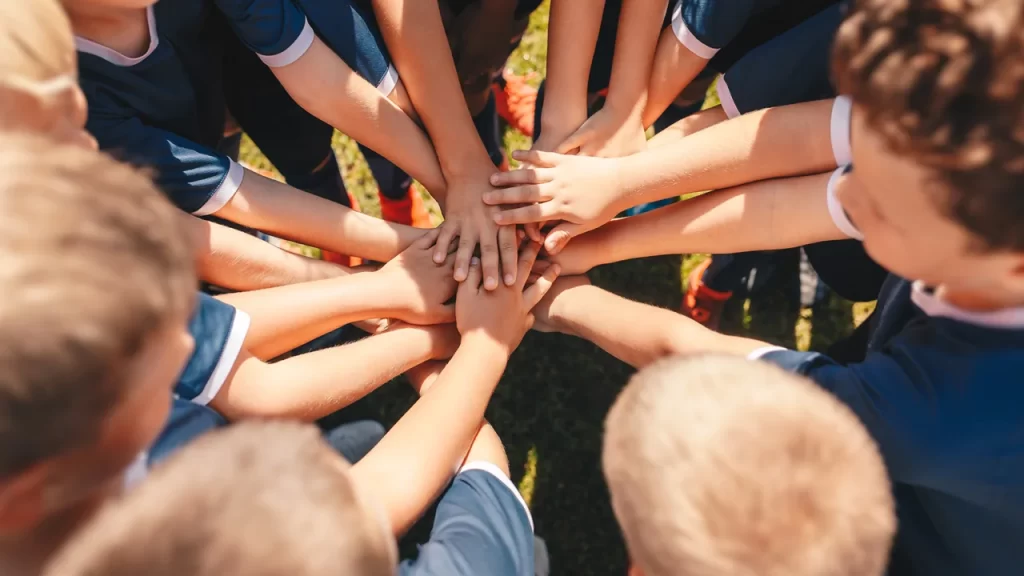
3. Introduce Friendly Competitions
Igniting the flame of friendly competition among students can significantly elevate the excitement and participation levels in a classroom fundraiser. By incorporating engaging contests or challenges, you tap into the natural competitive spirit of students, transforming the fundraising experience into a dynamic and enjoyable venture.
Team Building for Camaraderie
- Organize teams within the classroom to promote teamwork and collaboration.
- Fosters a sense of camaraderie and establishes a friendly rivalry among students.
Set Achievable Team Milestones
- Align team goals with overall fundraiser objectives for a collective sense of purpose.
- Define realistic milestones, such as fundraising targets or task completion, ensuring fair competition.
Reward System for Motivation
- Implement a reward system to celebrate the achievements of the winning team.
- Offer small incentives, certificates, or a special class activity to motivate active participation.
Encourage Creativity and Innovation
- Allow teams to brainstorm and implement their unique fundraising ideas.
- Promotes creativity, problem-solving skills, and personalization within the competition.
Ongoing Progress Updates
- Provide regular updates on team progress to maintain engagement.
- Celebrate milestones throughout the fundraiser, creating a dynamic and enthusiastic atmosphere.
Inject Fun with Interactive Activities
- Make fundraising interactive by incorporating themed dress-up days, talent shows, or class competitions.
- Enhances enjoyment, ensuring active participation and peer encouragement.
Friendly competition and interactive activities not only inject excitement into the fundraising experience but also create lasting memories for students. By fostering teamwork, setting achievable goals, and providing incentives, the classroom fundraiser becomes a positive and collaborative venture that resonates with the entire student body.
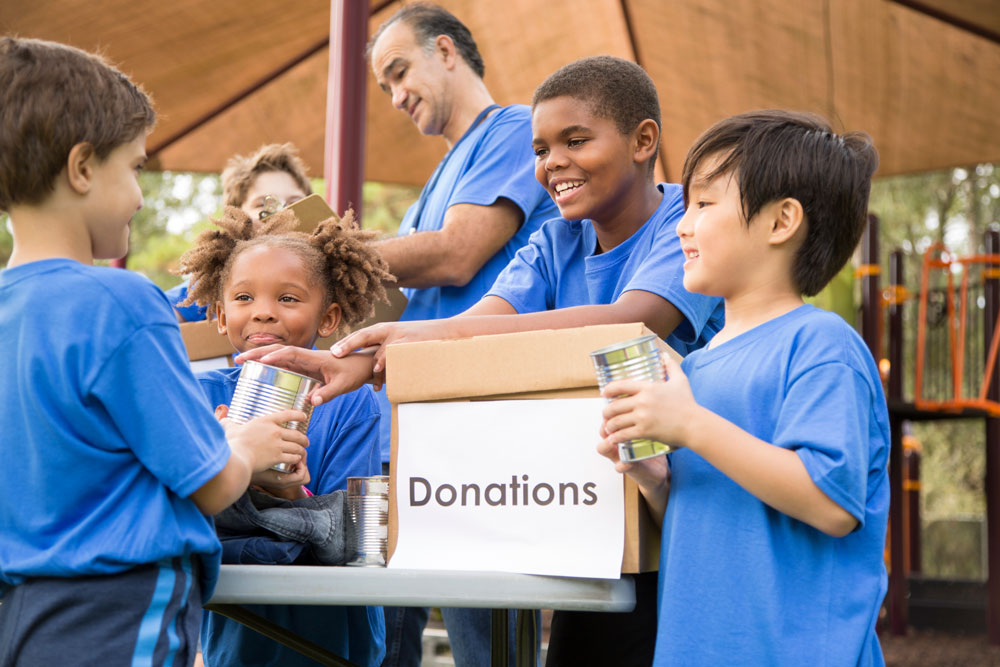
4. Involve Students in Planning
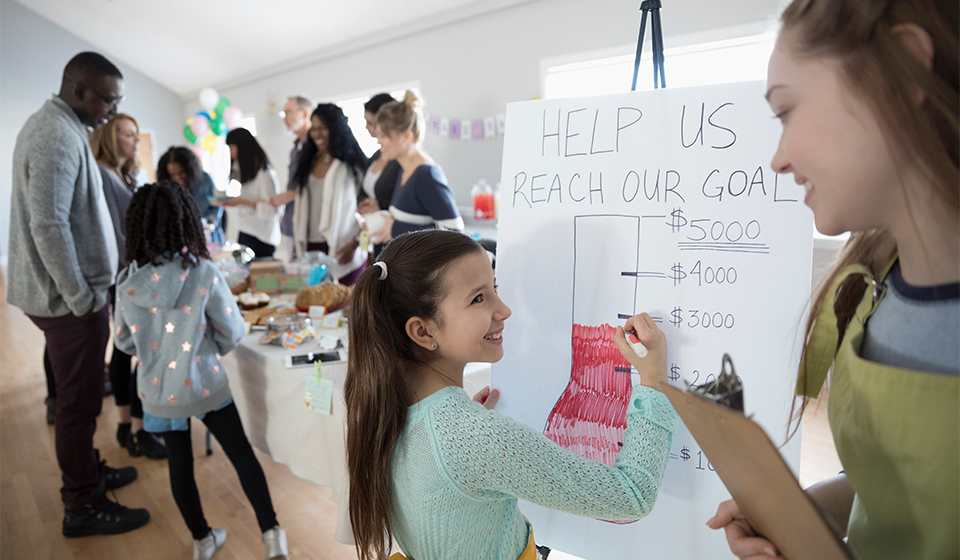
5. Recognize and Reward Efforts
Implementing a robust recognition system is a powerful way to acknowledge and celebrate the efforts of students in their fundraising endeavors. By creating a visible and tangible display of fundraising milestones, you not only express gratitude for individual and collective achievements but also inspire a sense of accomplishment among the students.
Design a Dynamic Progress Display
- Craft visually appealing displays, whether bulletin boards, posters, or digital formats.
- Clearly showcase fundraising goals, achievements, and ongoing progress, updating regularly.
Publicly Thank and Celebrate Exceptional Contributions
- Express gratitude through public acknowledgment for outstanding fundraising efforts.
- Feature individual success stories on displays and share anecdotes during school assemblies for inspiration.
Introduce Certificates, Badges, or Tangible Rewards
- Recognize achievements with certificates highlighting specific contributions.
- Consider badges or pins as visible symbols of dedication and creativity in fundraising ideas.
Organize a Special Recognition Ceremony
- Host a dedicated ceremony during a school assembly or event.
- Invite parents, teachers, and administrators to showcase individual and collective accomplishments.
Offer Non-Material Incentives
- Provide opportunities for recognized students to take on leadership roles.
- Allow them to contribute ideas for school projects or participate in decision-making processes.
Empower Students Beyond Tangible Rewards
- Go beyond tangible rewards and offer leadership roles in school activities.
- Recognize exceptional students as valuable contributors to the school community.
By implementing a comprehensive recognition system encompassing visual displays, personalized acknowledgments, tangible rewards, and special ceremonies, a culture of appreciation and motivation is cultivated. Celebrating fundraising efforts in this meaningful way not only lifts morale but also nurtures sustained engagement and active participation in future initiatives.

6. Utilize Technology and Social Media
Harnessing the power of technology and social media is a game-changer when it comes to making fundraising both accessible and engaging for students. By integrating digital platforms into the fundraising strategy, you open up new avenues for connectivity, communication, and collaboration.
Create a Dedicated Online Hub
- Develop a user-friendly website or a dedicated section on the school’s website for the fundraising campaign.
- Ensure individual profiles for students to track progress, set goals, and share updates, utilizing visual elements for a dynamic experience.
Leverage Social Media Platforms
- Encourage students to use social media for wider campaign reach.
- Establish official social media accounts or hashtags, enabling students to share achievements, post updates, and engage with peers.
Organize Social Media Challenges
- Boost visibility through social media challenges or contests.
- Encourage students to create and share content related to the cause, tapping into their social networks and involving parents and the wider community.
Regular Online Updates and Challenges
- Implement regular updates on the online platform to maintain momentum.
- Dieleman Fundraising Sales’ live, online reporting system makes it easy to keep track of and share reports on your fundraiser.
- Share success stories, highlight achievements, and showcase impact using multimedia elements like videos, images, and testimonials.
Facilitate Communication Through Forums
- Foster communication and collaboration through online forums or discussion boards.
- Provide a virtual space for students to share ideas, collaborate on initiatives, and offer support and encouragement.
Organize Virtual Events and Campaigns
- Align with the online nature by organizing virtual events or campaigns.
- Explore virtual challenges, live-streamed activities, or webinars featuring guest speakers to keep students engaged.
Encourage Creative Digital Fundraising
- Utilize digital tools for creative fundraising initiatives.
- Explore online auctions, virtual talent shows, or digital art exhibitions to harness students’ digital creativity.
By embracing technology and social media in the fundraising campaign, you not only meet students where they are in terms of their digital preferences but also create a dynamic and inclusive fundraising experience. The combination of online platforms and social media engagement transforms the fundraiser into a shared journey, fostering a sense of community and collective impact.
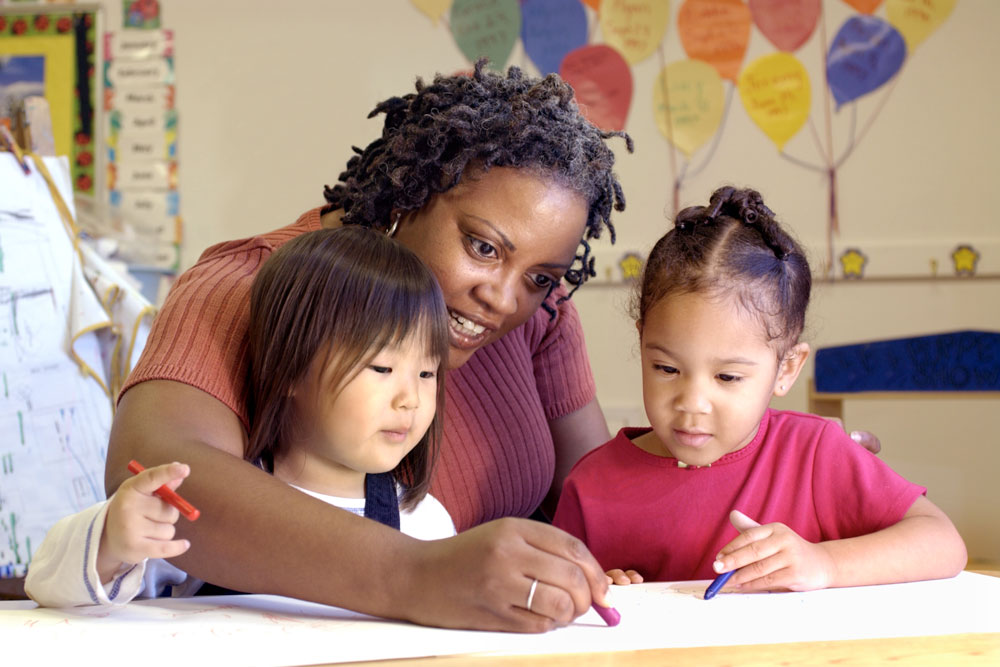
7. Tie Fundraiser to Classroom Curriculum
Integrating the fundraiser with classroom learning is a powerful strategy to create a holistic educational experience for students. By tying the fundraising theme or activities directly to the curriculum, you not only enrich the educational value of the campaign but also demonstrate the real-world relevance of their fundraising efforts.
Align the Theme with Subjects
- Start by aligning the fundraising theme with ongoing classroom subjects.
- Explore creative ways to seamlessly weave fundraising goals into subjects like science, literature, history, or art.
Lesson Integration for Cause Understanding
- Design lessons or projects delving into core fundraising concepts.
- Incorporate research assignments, presentations, or hands-on activities to deepen students’ understanding.
Collaborative Planning with Teachers
- Collaborate with teachers to incorporate fundraising content into their lesson plans.
- Provide resources and suggestions for seamless integration, ensuring cohesion between education and fundraising.
Community Support Projects
- Organize special events or projects directly tying into the fundraising campaign.
- For community support fundraisers, encourage research and presentations on local history and needs.
Showcasing Learning Through Presentations
- Create opportunities for students to showcase their learning.
- Encourage presentations, exhibitions, or performances related to the fundraising theme.
By seamlessly integrating fundraising into the curriculum, you not only enrich students’ educations but also provide them with valuable skills they will use throughout their lives.

8. Offer Incentives and Prizes
Incentives and prizes play a pivotal role in motivating students to actively participate in fundraising efforts. By offering enticing rewards, you create a sense of excitement and achievement, driving students to contribute more effectively. Here’s an expanded approach to implementing incentives and prizes:
Top Fundraiser Recognition
- Introduce a tiered system of recognition for top fundraisers. Consider different levels of achievement, such as Bronze, Silver, and Gold, each with its set of privileges.
- Create a ‘Hall of Fame’ or a dedicated display board where the names or pictures of top fundraisers are prominently showcased. This not only motivates current participants but sets aspirational goals for future campaigns.
Exclusive Privileges
- Offer exclusive privileges to the highest fundraisers, such as being the ‘Principal for a Day’ or enjoying reserved seating at school events.
- These unique opportunities provide a memorable experience, reinforcing the idea that their fundraising efforts come with special perks and recognition.
Small Gifts and Tokens
- Distribute small, tangible gifts as immediate rewards for achieving specific milestones. Consider items like custom badges, stickers, or school-branded merchandise.
- These small tokens serve as visual reminders of their achievements and contribute to a positive fundraising atmosphere.
Special Classroom Events
- Organize a special classroom event or activity exclusively for students who reach certain fundraising goals. This could be a pizza party, a movie afternoon, or a themed class celebration.
- Creating a fun and memorable experience adds an extra layer of motivation, as students associate their fundraising success with enjoyable activities.
Collaborate with Local Businesses
- Reach out to local businesses for sponsorship. Local establishments may provide gift cards, vouchers, or discounts as prizes for top fundraisers.
- This collaboration not only diversifies the range of rewards but also fosters community engagement and support for the fundraising initiative.
Classroom Competitions
- Introduce friendly competitions within the classroom or between classes. The class that collectively achieves the highest fundraising target could be rewarded with a special class party or a unique experience.
- Competition fosters a sense of teamwork and collective effort, encouraging students to work together towards a common goal.
Customizable Rewards
- Allow students to choose from a selection of rewards based on their preferences. This customization adds a personal touch, making the incentive more appealing and relevant to individual students.
- Options could include a choice of events, gifts, or privileges, catering to diverse interests within the student body.
Progressive Rewards System
- Implement a progressive rewards system where students unlock different levels of incentives as they reach higher fundraising milestones. This keeps the motivation sustained throughout the campaign.
- For example, reaching a certain fundraising target could unlock access to a virtual event, while surpassing another milestone could lead to a physical reward.
Public Announcements and Celebrations
- Publicly announce and celebrate fundraising achievements through various channels, such as school assemblies, newsletters, or social media.
- Recognizing and celebrating their efforts not only boosts individual morale but also creates a positive fundraising culture within the entire school community.
By strategically integrating a diverse and appealing array of incentives and prizes, you create a dynamic and engaging fundraising experience. This approach not only motivates students but also fosters a sense of accomplishment and pride in their contributions to the collective fundraising goals.
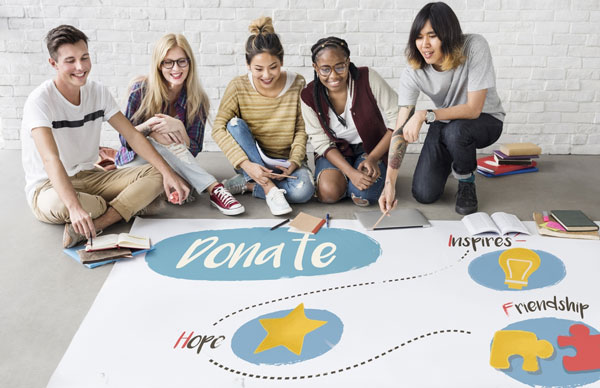
9. Provide Regular Updates and Feedback
Ensuring students are kept well-informed throughout the fundraising campaign is crucial for maintaining their engagement and enthusiasm. Regular updates and feedback not only provide transparency but also highlight the collective progress made toward achieving the fundraising goals. Here’s an expanded perspective on providing regular updates and feedback:
Clear Communication Channels
- Establish clear communication channels for sharing updates. Utilize platforms such as school newsletters, notice boards, or dedicated sections on the school’s website to keep everyone in the loop.
- Emphasize the importance of these channels, ensuring that students, teachers, and parents can easily access real-time information about the fundraiser.
Visual Progress Displays
- Implement visual progress displays within the school premises. Use creative and visually appealing charts, graphs, or fundraising thermometers to showcase the cumulative achievements.
- Visual representations make it easy for students to grasp the impact of their collective efforts and foster a sense of pride in their contributions.
Weekly Achievements Roundup
- Provide a weekly or bi-weekly roundup of achievements. Highlight individual and team accomplishments, showcasing milestones reached and any notable contributions.
- Recognizing and celebrating achievements on a regular basis maintains excitement and reinforces the positive impact of their fundraising endeavors.
Impact Stories and Testimonials
- Share impact stories and testimonials related to previous fundraising efforts or similar initiatives. Demonstrate how funds raised in the past have positively influenced the school or supported community projects.
- Connecting the fundraising activities to tangible outcomes helps students understand the broader significance of their involvement.
Student Spotlights
- Shine a spotlight on individual students or teams who have gone above and beyond in their fundraising efforts. Feature their stories, experiences, and the strategies they employed to inspire others.
- This recognition not only motivates the highlighted individuals but also serves as a source of inspiration for their peers.
Interactive Feedback Sessions
- Organize interactive feedback sessions where students can share their thoughts, suggestions, and experiences related to the fundraiser. This creates a sense of ownership and inclusion in the fundraising process.
- Encourage open dialogue, allowing students to express their ideas on how to enhance the campaign and make it more engaging.
Celebratory Events for Milestones
- Plan celebratory events or activities when specific fundraising milestones are achieved. This could include a fun assembly, a themed day at school, or a brief break from routine to acknowledge the collective progress.
- Celebrating milestones adds an element of festivity, making the fundraising journey memorable for students.
Real-Time Online Platforms
- Explore the use of real-time online platforms or apps that provide instant updates on the fundraising progress, such as Dieleman Fundraising Sales’ online fundraising portal. This could include a dedicated fundraising website or social media pages where participants can track their contributions.
- The immediacy of online updates keeps students engaged and fosters a sense of community even in a digital space.
Feedback Loop with Teachers
- Establish a feedback loop with teachers to gather insights on students’ experiences and perceptions of the fundraiser. This information can inform adjustments to the campaign strategy and improve future fundraising initiatives.
- Teachers play a pivotal role in understanding the pulse of the student body and can offer valuable feedback on optimizing the fundraising process.
By prioritizing transparent communication and regularly updating students on their collective achievements, you create a dynamic and inclusive fundraising environment. This approach not only maintains enthusiasm but also reinforces the idea that every contribution, big or small, contributes to the overall success of the campaign.
Boost Your Fundraiser’s Success
Boosting student participation in classroom fundraisers requires a thoughtful and inclusive approach. By setting clear goals, creating engaging activities, involving students in the planning process, and providing recognition, educators can transform fundraising initiatives into valuable learning experiences that instill a sense of community and philanthropy among students.
Looking for risk-free, highly-profitable fundraising programs for your Canadian school or group? Dieleman Fundraising Sales has many seasonal and year-round fundraising programs that can help you exceed your fundraising goals. Book a fundraiser today!
